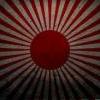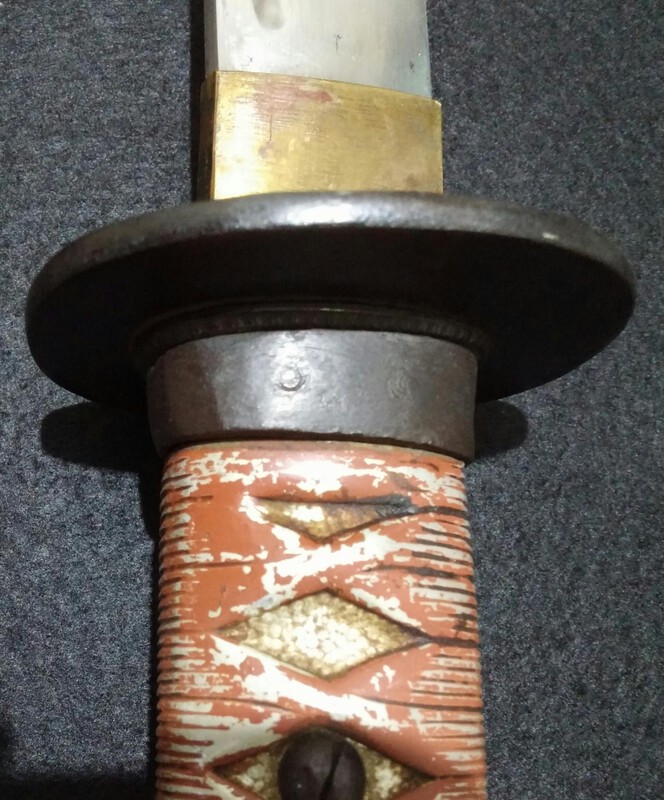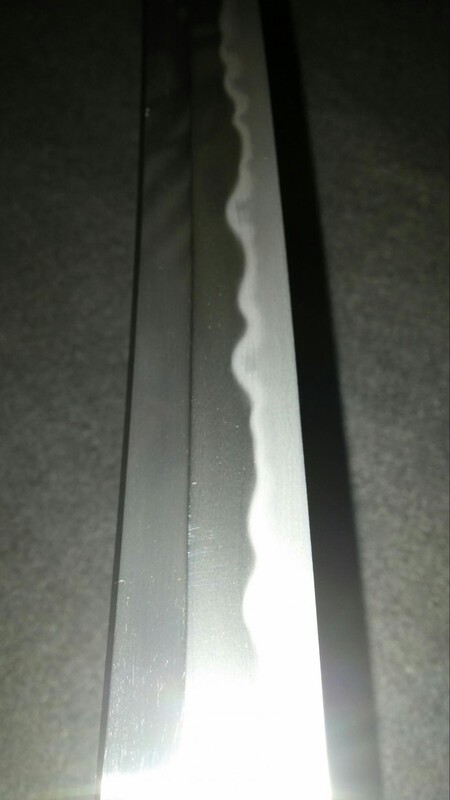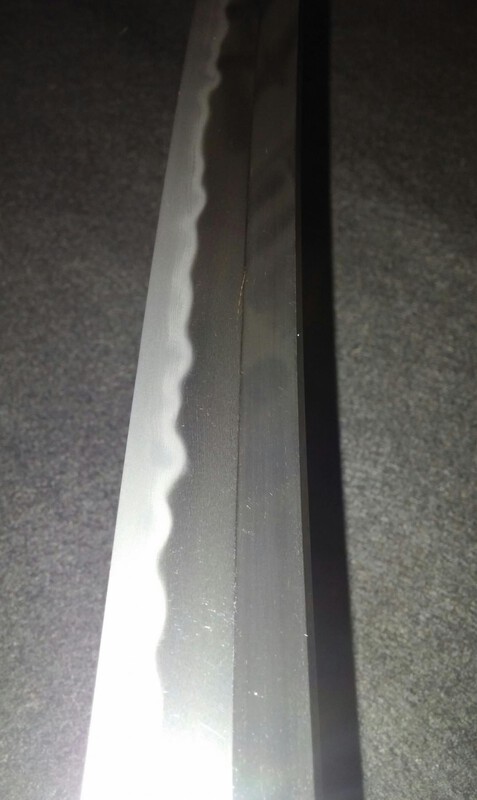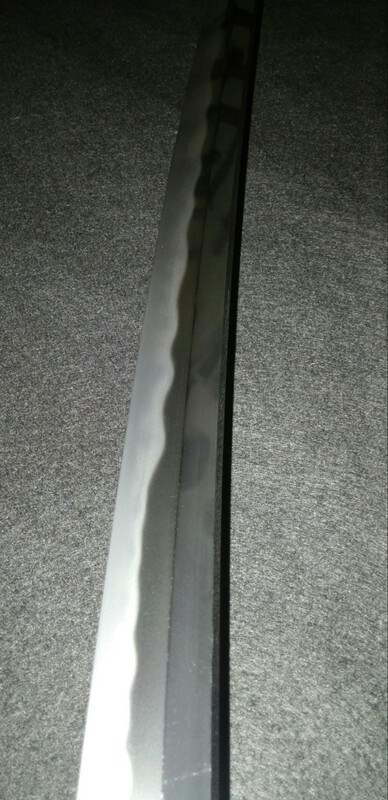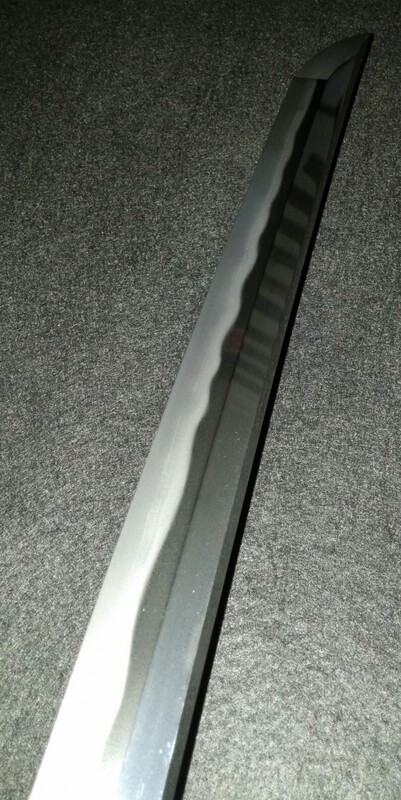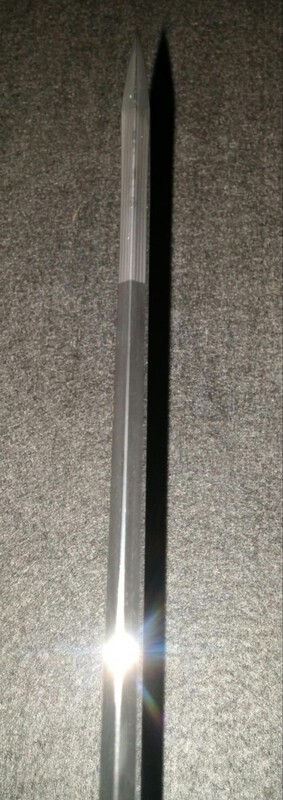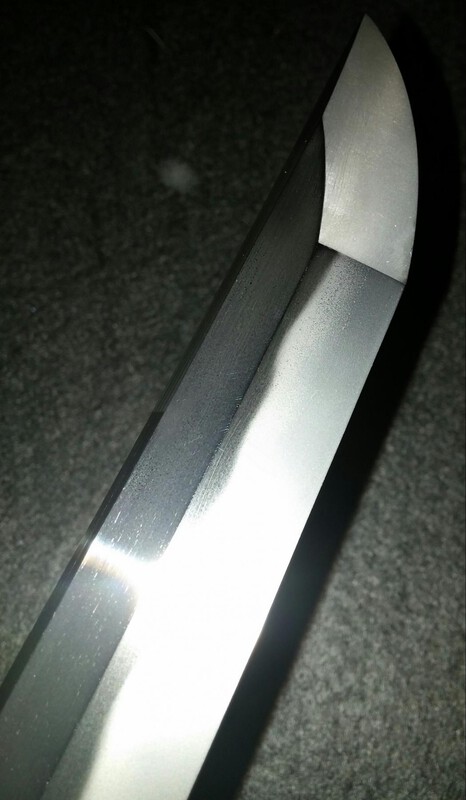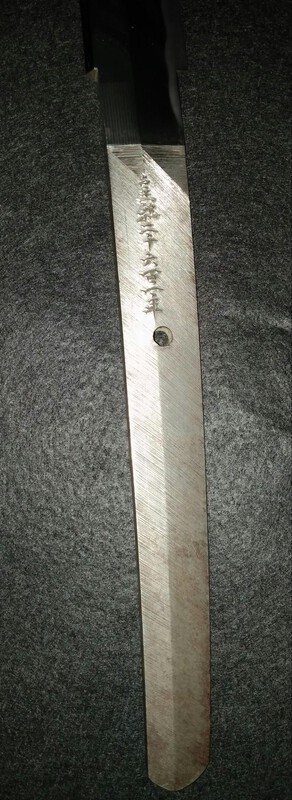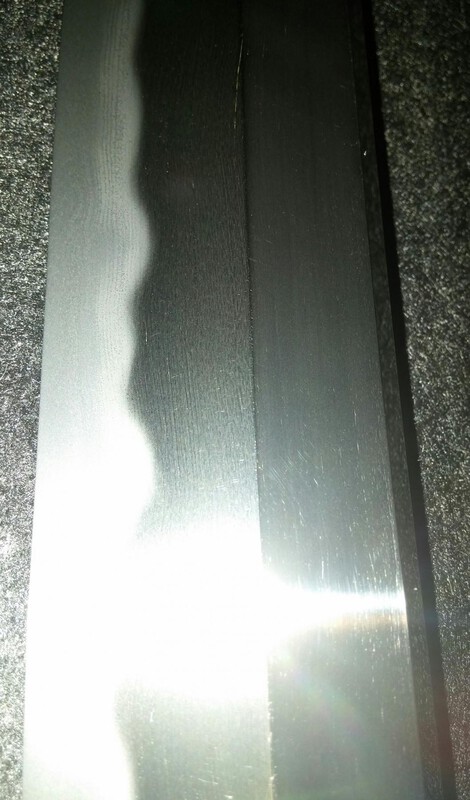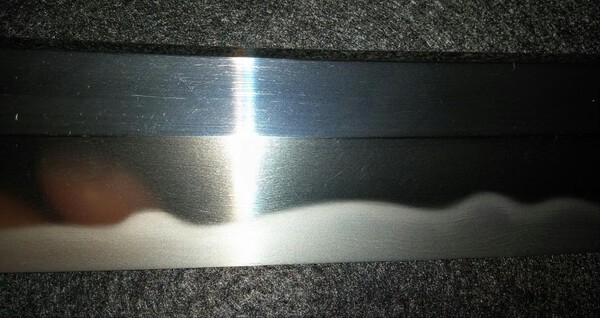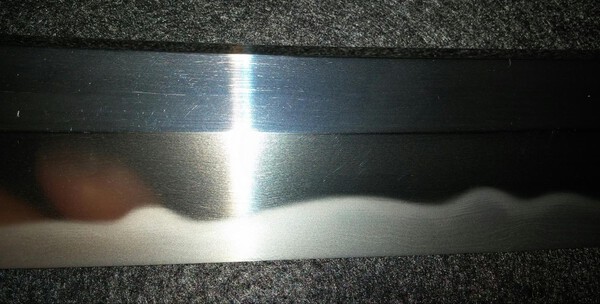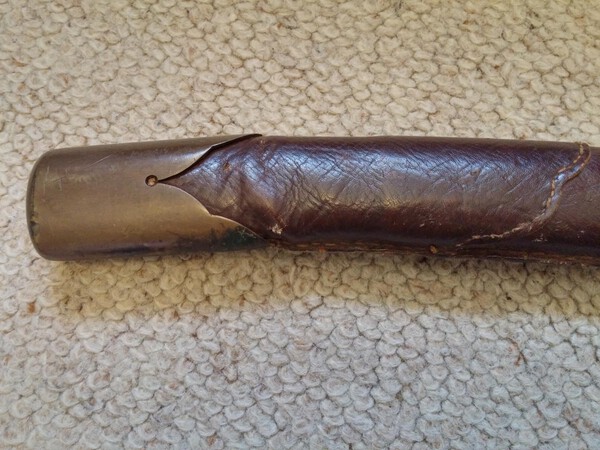-
Posts
1,402 -
Joined
-
Last visited
-
Days Won
12
Content Type
Profiles
Forums
Events
Store
Downloads
Gallery
Everything posted by Shamsy
-
Ah, rookie errors. Gassan Sadakazu was declared a Teshitsu Gigei in 1906. I'm afraid I'm getting confused with the notes I've made during research.
-
Sadly you are about right there Neil. The first question I seem to get asked a lot is either "are you allowed those/do you need a license" or "can it kill someone or has it killed someone". I think that is a sad reflection on the way swords are portrayed in the media, movies and policies which tends to encourage that fairly immature response. I doubt sadly that too many people could tell a wartime polished gunto from a beautify polished masterpiece of nihonto history. to be fair though there are plenty of subjects I do not appreciate or understand, so I get why people without any education or interest make such shallow assessments.
-
Thanks Greg. The sword was made in 1941, two years before he passed. Ive also corrected the typo. That's why I dislike using a tablet sometimes.
-
As promised here are a couple of pictures showing the very shallow stamping that appears to be hand struck and the fuchi with the Seki and Nagoya stamps.
-
I am very reluctantly considering the sale of my beautiful katana by the national treasure Gassan Sadakatsu. I don't think I'd want to risk shipping internationally so just Australia please. I'm also only gauging interest at this point, so no promises. I'd not be selling if there weren't good reasons. Perfect polish Two tiny areas of ware, one in the ji and one on the mune Papered Shirasaya Solid silver habaki $15,000AUD (postage included) ONO because I need a quick sale If you must use PayPal add 3%. I have references as honest on the board.
-
I think that the stamping also depends on whether or not the numbers were applied via roller or hand. The deep serials are rolled on via machine and are therefore uniformly applied and even. The most shallow numbers look to be struck by hand and consequently are often not aligned, sometimes overstruck and missing part of the number from a poorly angled strike. I will post some pictures tonight if I can since my pattern 4 falls into the very lightly stamped by hand variety. It's also got that distinctly light brown paint and light fuchi stamps. Luckily Wayne that fake just screams Chinese to me, but I'm sure one day it will be near impossible to tell. Cheers guys, enjoying this thread!
-
As always thanks for the insight into the pattern 4 Stegel. Great to hear from you on my favorite subject and interesting info since the poor side latch are such an under appreciate pattern.
-
The side latch are too rare to have any fakes out there Bruce, so don't have any doubts over any you see that are not quite conforming (unless it is completely off of course!). I've seen them with shallow blade numbers like Neils and the deeply stamped blade numbers like your own. There are a couple of different tones of paint, though the light brown is usual for the handle. ((P.S Colour blind so don't trust my judgement))
-
Nice to have the set complete isn't it :D. You won't find many of these floating around so best to grab when you can!
-
Sounds like a strong theory from Stephen. I'll throw in my usual 2 cents for what little it's worth. I suspect that yes, there were some traditionally minded individuals that wanted to have a sword closer to katana length. I've attached a picture of a wakizashi that has a wooden extension in the saya. You can see where it's bent over time. I also suspect that saya are somewhat more conforming than blades, which will not always be of uniform length. Additionally, if the blade is remounted due to damage etc, then it may need a little extra length in the saya depending on sepa and tsuba thickness. I think also that old blades were taken because they were family blades, but not necessarily considered ideal length for the officer, who may be too tall and desire something less comically short. Natural expansion and contraction of materials... yeah I've prattled off a few thoughts now. I'll zip up.
-
Not a very nice job on the new kissaki either...
-
A great question Kurt. Renwax perhaps, carefully applied to create a light barrier? I think that may work but won't be a perfect solution. I'm not in favor of the idea, but you could alternatively spray on some varnish, since stainless steel does not patina like regular steel anyway. Otherwise a stable, dry environment and minimising the number of times the tsuba is removed, which may wear the sticker. Beyond that I'm not sure exactly.
-
A fair question. As a guess, though hopefully a logical one; since these swords were worn as tachi, one would draw it with the thumb resting on the latch in a high grip on the handle. The second hand would then grip the scabbard as the blade is drawn before transferring to the lower hilt for a two handed grip. I suspect this was changed due to some shortcoming. Possibly that it is trickier to get your thumb, which may be in a glove or slick, running vertically along the bar than it would be to use the whole of two fingers horizontally in depressing the spring and drawing. You also seem to get more grip strength from those two fingers than thumb. Or it may simply be easier to make! That's my 2 cents, for what little it's worth.
-
The 94 is a lovely example! I've seen very few for sale and I remember that the last one posted on NMB and ebay sold before I could blink. To China, hopefully a collector. Love the curvature of the tsuka on the second sword! Would be good to get it in hand and see how it feels. It doesn't look very comfortable, but I guess you might be able to comment on that Neil?
-
The humble NCOs, the working man's sword. Military issue equipment, no bells and whistles, distinct models to collect. Graceful, practical, utility. Still made to a very high degree of quality later in the war. One of the few nations to still use swords for combat and the nation that still truly held the sword as a symbol of their culture and ideals. What's not to admire? The best part is that everyone is willing to share and collectively learn to. Yep, Stegel has the wooden handled 95 in winter camo. I theoretically should own an aluminum in winter camo, but it was lost/stolen by USPS. When you've the cash Bruce let me know and I'll point you to a side latch. Nice sword, only detractor is repainted (but matching) scabbard.
-
Here is my little tanto mounted in Kai-Gunto koshirae. Older blade, but I cant rememberwho it was signed by. The tsuka is quite a bit thinner than usual, as you can see compared to two standard Kai-Gunto. Possibly pilot, possibly sub. Who knows!
-
Very nice Dave, certainly not the norm, but that's what happens when each officer must supply their own sword. Definitely a keeper, plenty of 44s with lacquer but few 98s.
-
I never think that people thought ALL pilots carried shorter swords. The whole 'crew gunto' is quite misleading. Best to say some vehicle crew carried shorter swords (wak and tanto). And of course so did the rest of the military.
-
Nice example of an uncommon wartime wrap! I'm trying to remember if I've seen this in 98 before but I've only a tickled memory of seeing it on nihonto. Anyway, looks great!
-
The two stickers are quite distinct. I've never seen the paper one on anything but the low quality, wooden black painted saya. Maybe they are different because they represent different grades of swords? The sword Wayne saw is most definitely a distinct model and I'm glad to hear that confirmed. I've not seen many of the golden stickers and never had one in hand, so I've not got a lot to add there apart from conjecture. I'm not sure I completely agree with Daves assessment of pre war. I base that on the fact that the fittings on the saya are distinctly military in nature and low quality. They do not seem to be something made for civilian use, but I suspect that these are more likely part of a group made towards the end of the war when materials were scarce. They are still above the grade of the NCO swords, but very much below typical military gunto standard. They usually lack same to, with paper, cloth or cardboard used. They are not assembly pieces because they are too homogeneous and exhibit too much genuine wear and patina. Remembering that Seki was a collective of individual smiths and craftsmen. It is by no means difficult to imagine this is where these swords come from. Cannot rule anything out of course, but I feel there is enough evidence to suggest a distinct, late war model. As to value Wayne, hard to say. I usually look at scarcity over condition, though I think you were about right in valuation of the piece you saw. I'd not pay a lot for one in poor condition, nor would I expect to make money selling one later when people prefer a good condition but standard sword over a rare but somewhat worn example. This is one of my favorite swords though so I'm not a good option to provide a valuation.
-
I saw the thread this morning but didn't get to reply until now. Looks like it's mostly been said. Rare sticker as noted in F&G. These are attached to low quality saya, black painted with crudely cast fitting. The sword blade and the quality of the accompanying fittings are of a similar nature. Have a look at the sword in this thread and my own example. http://www.militaria.co.za/nmb/topic/19579-help-wanted-please-ww-ii-army-gunto-saipan-oddball/ Both are incredibly poor examples of workmanship, cast badly and the blades are unsigned, painted with some sort of kanji. You can see on the close up of the saya Fletcher posted that the hanging ring is really rough. His is missing a few bits like the saya throat and has a slightly different tsuba but is materially the same pattern. I would class these as rare (complete examples with the original sword) as I've seen very few of them and most are in pretty shocking condition. Bearing in mind parts get mixed up, these saya should always accompany a sword of similar craftsmanship. As to whether these are late war or the serious poor man's gunto... I'm not certain, but the materials used suggest late war to me. Dawson actually has a police tachi that is nearly an exact match to these swords, except for the police emblem. I saw one on ebay but wasn't in a position to bid. It was a fantastic example of an incredibly rare sword. Sigh. Anyway, enough prattle, hopefully I've not repeated covered ground.
-
True enough there will be little I can do!
-
http://www.militaria.co.za/nmb/topic/17127-when-the-collecting-is-over/page-1 I would politely but vigorously disagree. I think it is the greatest shame when a notable collection is broken up upon the death of the custodian. Now, I'll qualify that I'm not talking about the few bits and bobs I've collected here or there. I'm referring to the collections that receive titles like ' largest ' or ' finest '. A couple of examples to clarify perhaps? The collection of Japanese bayonets belonging to Raymond Labar, or the collection of African throwing knives of the National Institute of Ethnology Leiden. Where a collection of significance is broken up it likely becomes diluted into several small (and still fine) collections that are unlikely to achieve the same prominence. Most likely there will not be a collection to match it any time soon after, if at all. What a shame it couldn't have been maintained and even added to so that it could continue to be viewed, studied and enjoyed as a single piece by everyone. Of course the only real hope one would have for this to be the case is to gift such a collection to a museum or the like, but this very topic was discussed a few months back and the reports on museums and their handling of artifacts was not encouraging. Take a look at the topic I've attached. So you can try to avoid worldly care or attachments to your collection and shrug off whatever happens after death, but I suspect that I'm not alone (even if I'm the only one willing to say it) in hoping my small efforts can go to something greater than a random assortment of people with a passing fancy and the money to fulfill it. My hope lies in finding someone as passionate and respectful as myself and gifting to them. I won't rule out a museum for military swords, but any fully polished nihonto masterpiece is off to a Japanese museum or appreciative collector. Anyway, that is my opinion. I would like to see collections maintained and built upon, not divided up.
-
With Hamish on that assessment
-
I admit to the occasional stress over the thought of my passing and having my collection broken up and sold. As a whole it is a fairly nice lot of swords, but apart does not equate to much. I believe I will probably gift or sell the lot together, specifically stating they stay together. Then my effort to gather them has not passed in vain.


